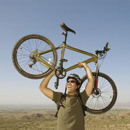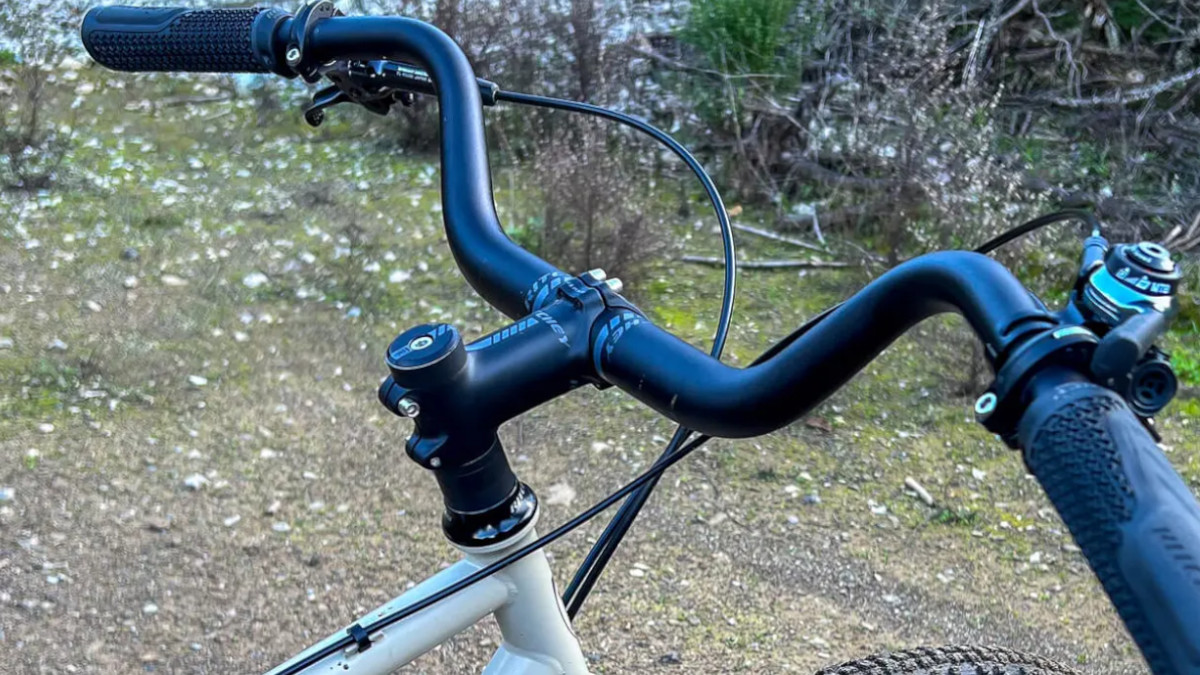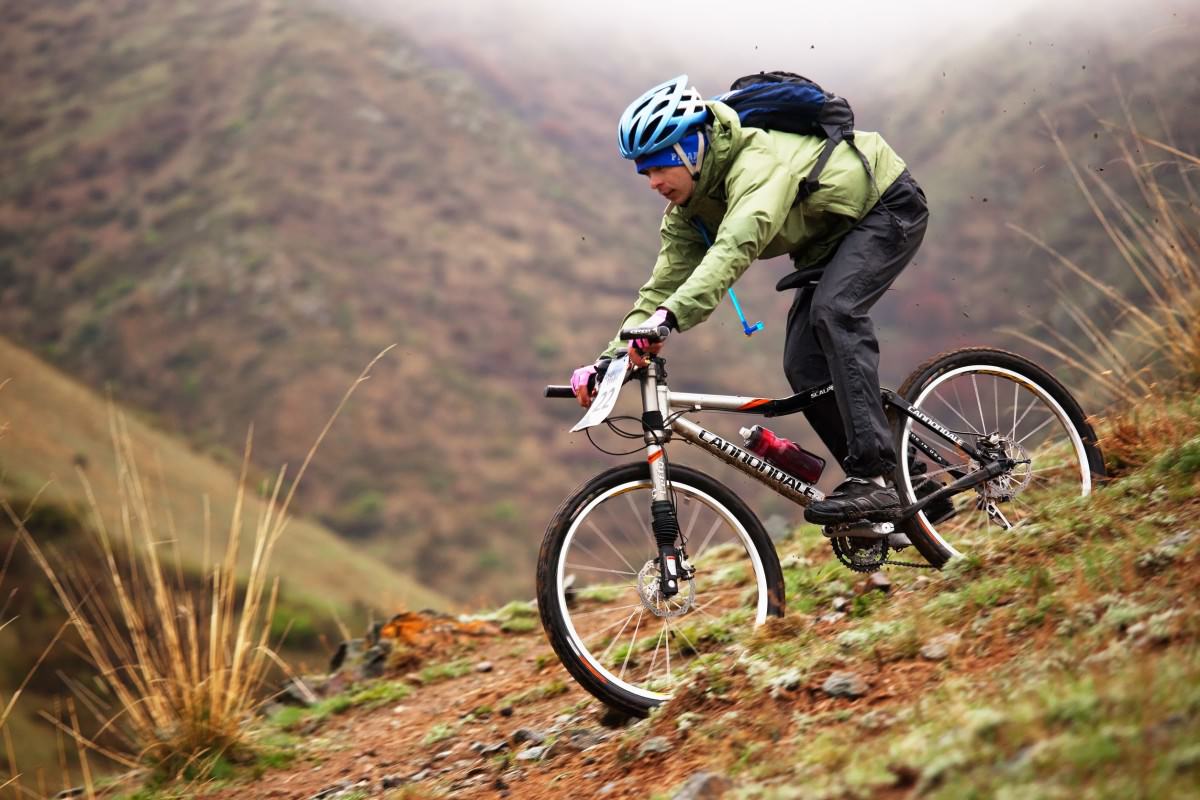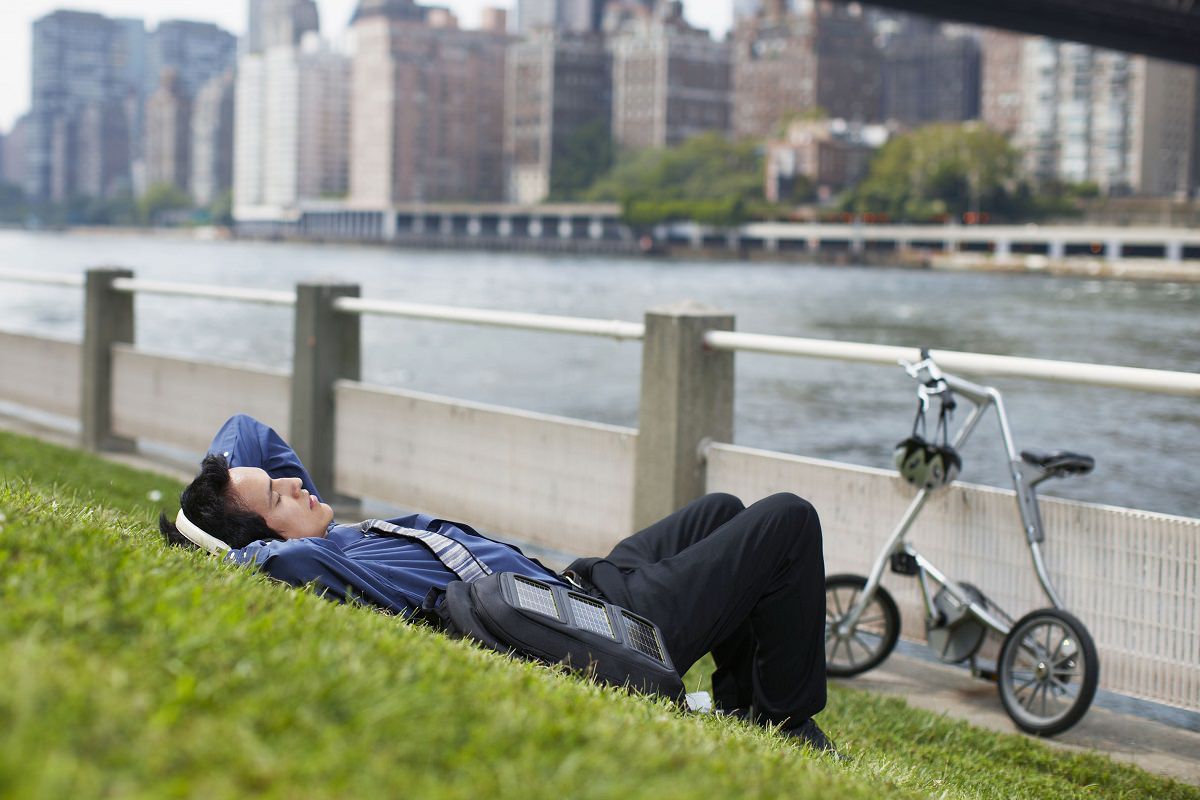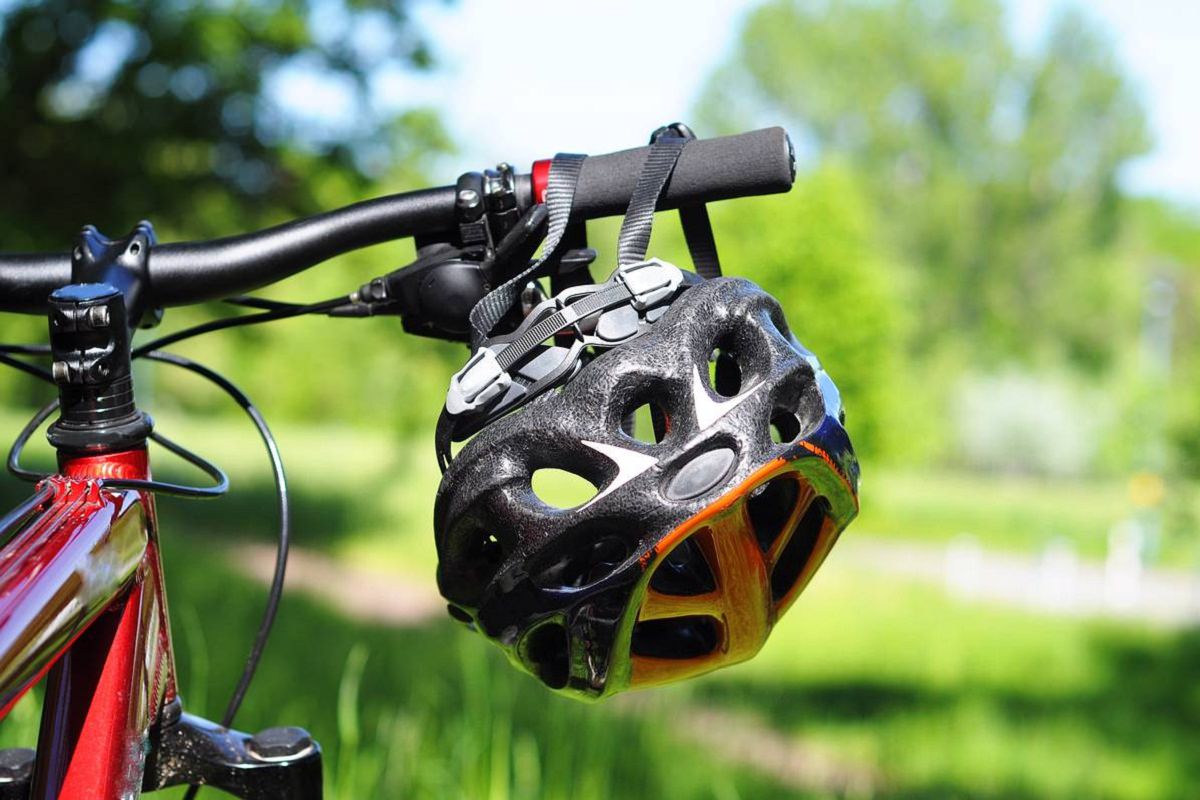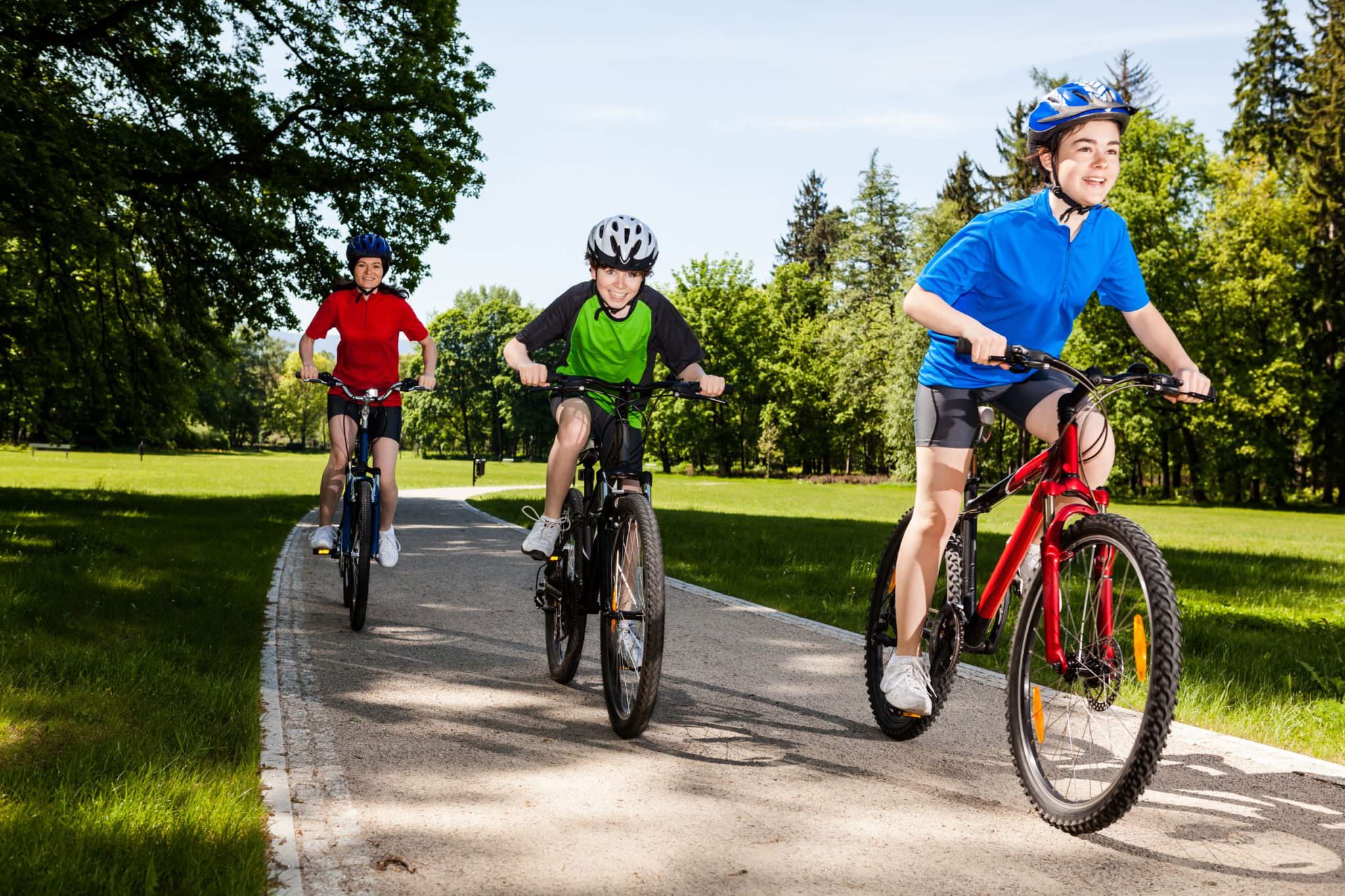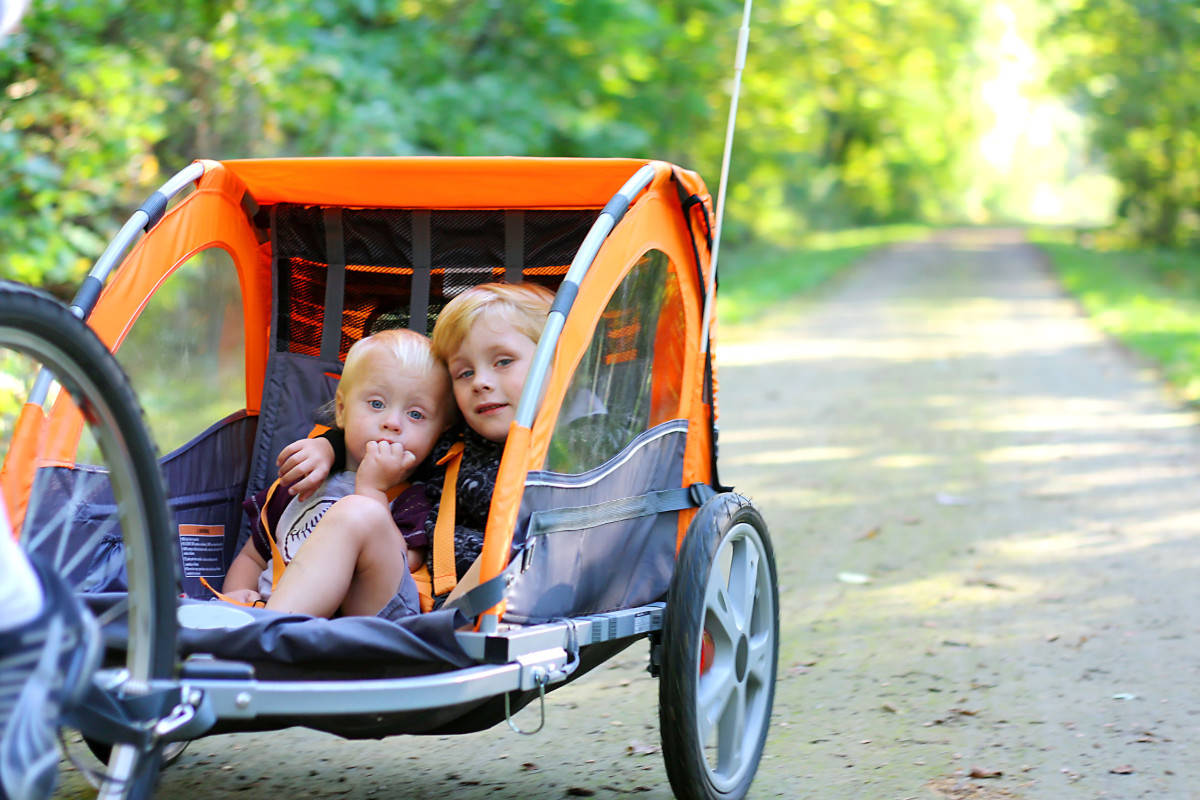Bicycle commuting has many health benefits. Not to forget, A cycle is less expensive than a car. It reduces your carbon footprint and saves money on transportation costs. You will be surprised to know that the average cost of owning a car in the United States is $9,000 in contrast to owning a bicycle which is $1,000 less per year. But if you are new to bicycling, it can be a daunting task.
I used to avoid taking my bicycle to work, but once I did, I realized it was more fun! It is good for the environment and also an effective way to get some exercise done.
Today, I will discuss some bicycle commuting tips that can help you get the most out of your daily commute on a bicycle. No matter if you use a mountain bike, a hybrid, or simply a road bike, these tips are surely going to be useful!
Learn how to make your urban bike commute safe, efficient, and enjoyable with our comprehensive guide
What Do I Need For Cycle Commute?
Here is a quick bicycle commuting checklist for you:
- Bicycle
- Helmet
- Backpack
- Water Bottle
- Lock
- Extra Clothing
- Repair Kit
7 Tips To Start Bicycle Commuting
Riding a bicycle can save a lot of time and money. The following tips are going to help you get started on switching to bicycling for your daily commute.
1. Choose A Comfortable Bicycle
Always choose a bicycle that is comfortable. If you are new to cycling, you won’t make much use of gears. I would suggest buying a used road bike to test if bicycling works for you. If you have the skeleton of an old bike in the depths of your shed, dig it out it will save you money.
Explore a local bike shop and test-drive different models to find what works for you. Accessories like mudguards and rack mounts for attaching a pannier are also a good option as it makes a bike more practical for tasks like food shopping.
Check out our experts’ top picks for the best commuter bikes that can transform your ride, offering increased comfort, speed, and style
Whether it’s something you’ve bought or something you dug out of the garage, make sure it’s in good condition for riding before taking it out on the open road.
Discover the best urban bicycles that are perfect for commuting, running errands, or just cruising around town
2. Inspect Your Bike Before Every Ride
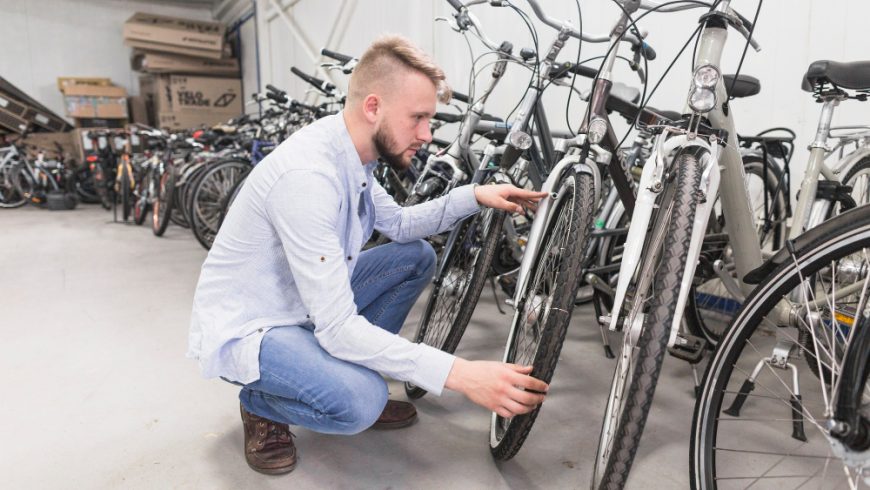
Safety should be your priority. So, check the tires for inflation first, then the brakes, and lastly the gears. A city bike with an upright riding posture would be ideal if you have the choice. They are easy and comfortable, which makes them a suitable option for the road.
Discover how to use Slacker to find the perfect bike fit for you and improve your cycling performance.
3. Clothing Tips For A Comfortable Cycling Experience
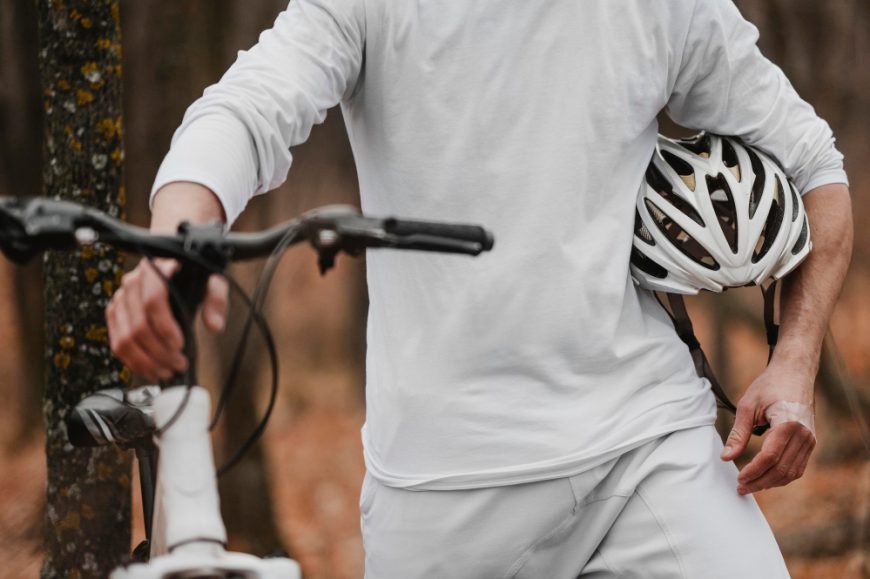
I prefer wearing bright clothes while cycling so that I am visible in the traffic. You are going to need eye protection, cycling shorts, a helmet, and gloves. These are the basics. You can create your own list of clothing that’s comfortable for you as you progress in cycling. For rides around 10-20 km, almost anything will do. Bib shorts are preferable for longer rides.
They have storage space and are made of cushioned material. It provides comfort on longer rides. But one rule with bib shorts is skipping underwear. Bib shorts also absorb moisture but underwear changes the dynamic. You’ll be left with blisters at the end of your ride!
4. Invest in Quality Front And Rear Lights
Invest in a good set of front and rear lights. During the night, they help people see you. Even if there is light out in the evening, they still increase visibility. And during the winter, they are the law. It’s not necessary to spend a lot of money. You can explore the market to find options that are durable and also don’t cost an arm or a leg like Knog Plus Rear Light, Garmin Varia RTL515, and Lezyne Macro Drive 1300XXL.
Stay safe on the road with our guide to finding the best bike lights for your needs.
5. Map Out Your Ride
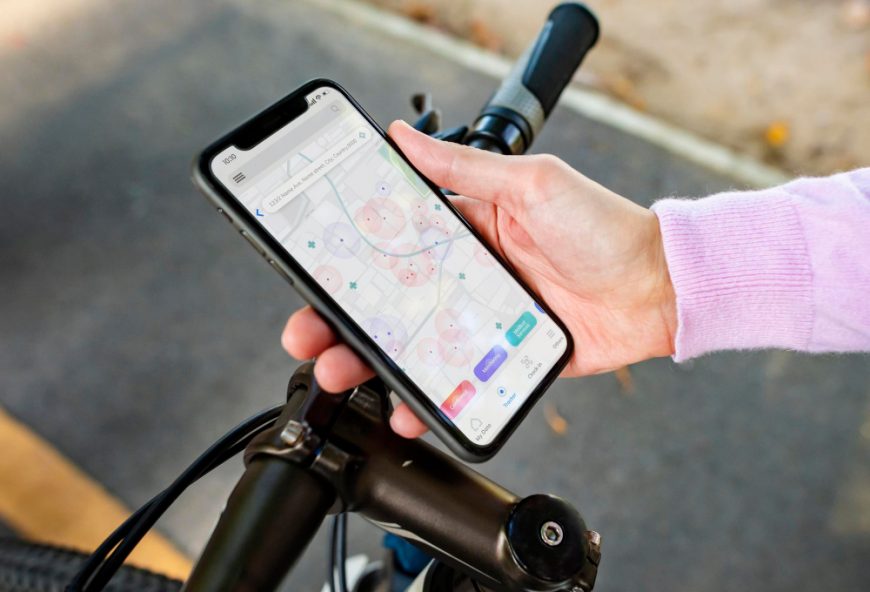
It’s a good option to take the quickest route when riding a bike to work, as it saves time. But taking the less traveled back roads can be more relaxing and even safer. Especially if you’re trying to avoid traffic or parked cars on busy roads. Surprisingly, these routes might even be faster.
Apps like Komoot or Strava and even Google Maps have a cycle option that can help you map out a route that works best for you by taking into account factors such as traffic lights and flat bars. You can always improvise once you’ve mapped out a route according to your changing riding conditions.
The bicycle infrastructure is continuously being upgraded, so feel free to take advantage of any of it you happen to come across, such as bike lanes or dedicated paths. You can choose to ride on bike-specific infrastructure if it’s available and feels safer.
6. Always Lock Your Bicycle
If you have to leave your bike outside, you can buy a U-Lock. You can buy one for your wheel and the other for your frame. Bike safety cannot be stressed enough. Don’t leave your bicycle anywhere overnight. It is also not safe to leave a locked bike outside overnight. Instead, you can invest in a condo storage unit. If that is not affordable, you can try to make some space in your apartment for keeping your bicycle. For an electric bike, if you can’t do anything else, at least take the battery with you. (If it is removable). An e-bike without a battery will be less of a target.
Bike alarms are also a good investment. And yes, don’t forget to register your bike serial number.
Wondering about a good bike lock? Check out these finest bike locks!
7. Keep Your Bike Clean
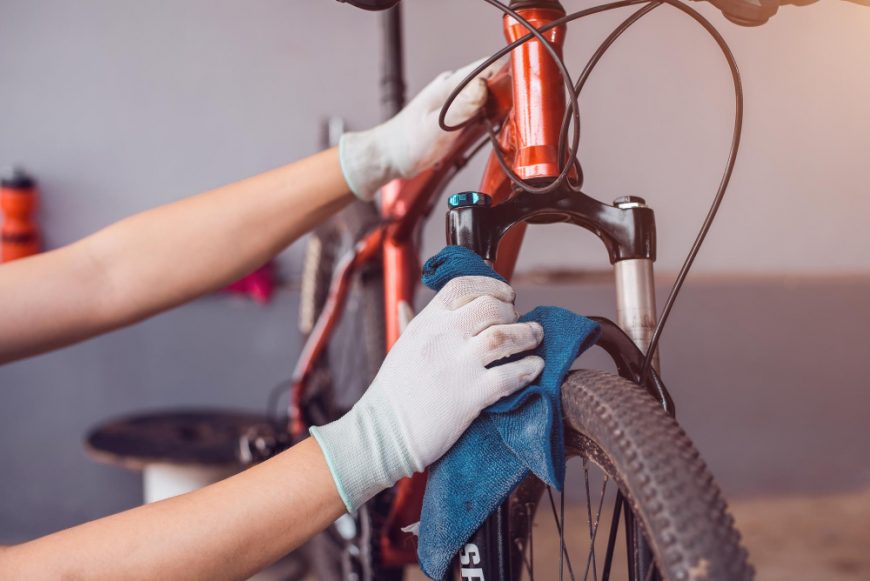
It is a good idea to clean your bike every now and then. For the frame, even a simple dish soap works, but you’ll need something stronger for the gears and chain. If you have a good degreaser that you can spray on.
The right way to use it is to spray it on and give it some time to do its job. Then, you should give it a light scrub before rinsing it off. It’s quite an easy procedure. But keep in mind that you’ll need to reapply chain oil after this procedure.
Learn how to clean your bike chain and keep it running smoothly with our step-by-step guide.
By maintaining your bike, you can reduce wear, but ultimately, you’ll need to replace some crucial components. That includes the brake pads, tires, and eventually the chain. Fortunately, you’ll have saved so much money on train and bus costs and fuel prices that you’ll be surprised by how inexpensive everything is.
Got no clue on how to check your tire pressure? Read this guide to know what you need to do!
Biggest Mistakes I Made As A New Bicycle Commuter
I’ve been riding my bike to work for longer than I care to remember and it took me quite a time to realize what I was doing wrong. Luckily, you don’t have to repeat the same mistakes I made and you can start with the right information so you don’t have to regret it later on.
1. Comparing Yourself With Other Riders
The first mistake is trying to take more on the plate than you can handle. It is odd that fitness and machismo are so intertwined with the practice of bike commuting, which may be a uniquely North American phenomenon.
If you ask me, the best advice you could get as a cyclist is to ignore the opinions of your peers. Everyone has a right to try bike commuting; there are no restrictions. Whether you wish to cycle to work once a week, once a month, or every day, or if you want to switch to cycling to combat climate change, to be in shape, or simply for the sake of your sanity.
3. Being Impatient with the Logistics
Another error I made was rushing through the preparations. When I initially started biking to work, I found that the most challenging aspect wasn’t the actual riding, or even navigating traffic, or the absence of bike lanes (which is still an issue).
Logistics played a crucial role. Where should I park my bike when I get to the office? Where can I take a shower? Where should I dry off? That sort of thing is quite challenging.
It is important to stay optimistic and determined. Everything will fall into place in the end. For example, it took me a while to realize that having a spare pair of shoes stashed beneath my desk at the office was more convenient.
4. Not Wearing Sunscreen
I went for a 50-mile ride and did not wear sunscreen. It was a warm summer day so I thought I won’t need sunscreen. Guess what? I ended up with sunburns on my face and arms. I never rode my bicycle without sunscreen again!
When beginning their journey by bike, most people prioritize speed over efficiency. They only think about getting to their destinations as soon as possible. In my experience, effectiveness is more important and this has two reasons.
5. Going Off Too Fast
Going above the average speed just leaves room for regret later. This is especially true for longer rides. Pace yourself so that you don’t burn out your energy in the first half of cycling.
6. Overlooking The Dangers of a Hybrid Bike
Hybrid bikes may not be as comfortable as traditional city cycles. They might even be less effective than expected. There may be an excessive number of moving parts, gimmicky embellishments, or specialized racing components that require a great deal of upkeep.
Compared to a regular city bike, it can be difficult to maintain a hybrid bike. If you want to avoid all this, you might be better off with a city bike, a Dutch bike, or any other type of comfy bicycle, but only if you’re completely sure about how and where you want to use it.
7. Showing Off
I understand that you probably want to tell everyone about your bike commute since it makes you feel so fantastic. But there are some good reasons to hold back. One reason I don’t like doing this is that it promotes the image of bikers as superior and conceited.
That’s not bragging material, which brings us to point number two. You don’t often hear folks boasting about their bus ride, do you? In a city, ultimately, the answer has less to do with you and more to do with the city. Nobody brags about their riding ability, but everyone does it. In easier words, that’s the way things are done and it is the ultimate goal.
FAQs
What Is The Biggest Problem With Bikes?
The Biggest Problem With Bikes is the puncture. The hiss is even more dreaded when you are riding in a remote area with no help in sight. It can also be challenging to change a puncture for the first few times until you get used to it.
Is Cycling High Risk?
No, cycling is a low-risk activity but it does carry some risks like accidents, injuries, and sharing the road with traffic.
How Do I Get Better At Cycling?
Practicing will help you get better at cycling. You can combine your endurance level with different techniques to see what works. Gradually increase the intensity and you will see the difference.
Why Do My Legs Feel Weak When Cycling?
If you are going out on frequent long rides, or riding more than your endurance level, you will feel weakness in your legs while cycling. It is a symptom of fatigue. Listen to your body and don’t over-stretch your muscles.
What Not To Do After Cycling?
Do not neglect proper post-ride care. Stretch your body, grab a good meal, and hydrate!
Conclusion
With this basic advice in mind, you’ll be better prepared to start your journey of bicycle commuting with confidence. There is no doubt that bicycling has many benefits, like lowering your carbon footprint, saving money on transportation, and benefiting your physical health.
Get your gear on, hop on the bike, and pedal toward fun! Commuting on your bike may become your favorite part of the day. Even if it doesn’t, it still deserves a shot.
Also Read
- What Is The Future Of Cycling: Pedaling Towards A Brighter And Exciting Future
- Environmental Benefits Of Cycling: How Biking Creates A Sustainable Future
- 10 Reasons Why A Foldable Bike Is The Best Commuter Bike
- How To Tune Up A Bike – Bike Maintenance Tips
- How To Remove Rust From Bike – Bike Maintenance Tips
Should you have any questions or require further clarification on the topic, please feel free to connect with our expert author Luke Ameen by leaving a comment below. We value your engagement and are here to assist you.

